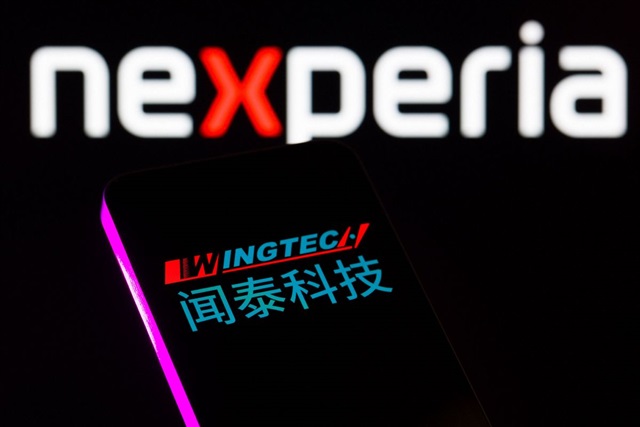At the recent "Human X Car X Home" partner conference, Xiaomi's MiMo model team leader Luo Fuli introduced the open-source MiMo-V2-Flash model, designed to boost agent execution capabilities as foundational technology within Xiaomi's interconnected device ecosystem.
China-based battery equipment maker CHR Hangko is actively expanding its production base in South Korea, aiming to deepen its presence in the local rechargeable battery supply chain amid growing advances of Chinese firms into battery equipment sectors.
Taiwan-based component supplier Sixxon Tech reported broad-based revenue growth across all product lines in the first three quarters of 2025 and outlined an expansion-driven strategy for 2026, emphasizing industrial, medical, and energy-related applications as it works to reduce long-term reliance on automotive demand.
Based on estimates from third-party market research firms, small- and medium-sized panel maker HannStar Display stated that the 2026 panel market is expected to be relatively stable, with annual growth of around 2–3% and no major fluctuations. However, recent sharp increases in memory prices and tight supply have crowded out resources across the broader electronics industry, which could further affect panel demand, especially in notebooks and smartphones.
Automotive-grade thin-film resistor maker Viking Tech held an in-person investor conference, where VP Shun-he Li reported that demand for ultra-low-resistance alloy resistors continues to increase. The company has recently secured a major order from China's second-largest on-board charger (OBC) supplier. The order volume is expected to contribute around NT$60-70 million (approx. US$1.9-2.2 million) in revenue, with gross margins higher than those of general resistor products. With this contribution, the share of automotive electronics revenue in 2026 is expected to rise from the current 53% to 55-57%, remaining the company's largest revenue segment.
Viking Tech, a leading automotive-grade thin-film resistor manufacturer, announced it will increase prices for its thin-film inductors by 10% to 40% starting in the first quarter of 2026, adding it to the list of passive component makers implementing price hikes. The move follows rising costs of precious metals and signs of recovering demand in the artificial intelligence (AI) and networking markets.
China continues to dominate the electric vehicle (EV) and battery supply chain. In response, the EU and the US have unveiled comprehensive measures to counterbalance Beijing's lead. Each is pursuing distinct approaches involving resource management, regulatory adjustments, and efforts to localize supply chains. The goal: secure technological and industrial footholds in the fast-evolving EV sector.
Next-generation lithium ceramic battery manufacturer ProLogium Technology has announced the launch of its fourth-generation superfluid all-inorganic solid-state battery, with plans to begin mass production at its Taoyuan Science Park facility in Taiwan starting mid-2026. In addition to targeting electric vehicle (EV) applications, ProLogium is actively pursuing markets including robotics, electric bicycles, and energy storage systems (ESS), with related partnerships expected to be unveiled at the January 2026 Consumer Electronics Show (CES) in Las Vegas.
Luxshare Precision Industry is accelerating efforts to diversify its business mix as it seeks to reduce its heavy reliance on Apple-linked consumer electronics, even as that segment remains the company's largest revenue contributor. Financial data show consumer electronics accounted for 79% of Luxshare's revenue in the first half of 2025, down from a peak of 88% in 2020 and 85% in 2023, signaling a gradual but deliberate rebalancing.
Chinese tech giant Xiaomi has aggressively expanded into the electric vehicle (EV) market in recent years, with its EV business showing strong performance and cumulative deliveries surpassing 500,000 units. The company also achieved the annual sales target set by founder Lei Jun ahead of schedule. However, alongside rapid sales growth, Xiaomi has recently faced a series of safety-related incidents, bringing renewed scrutiny to its vehicle safety and management processes.
Luminar Technologies filed for Chapter 11 bankruptcy protection in Texas on Monday, seeking to sell its core business after losing a crucial supply contract with Volvo Cars and facing mounting financial pressure, according to court filings and company statements.
More coverage



